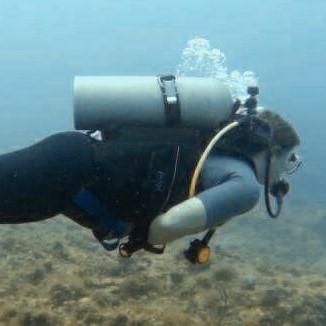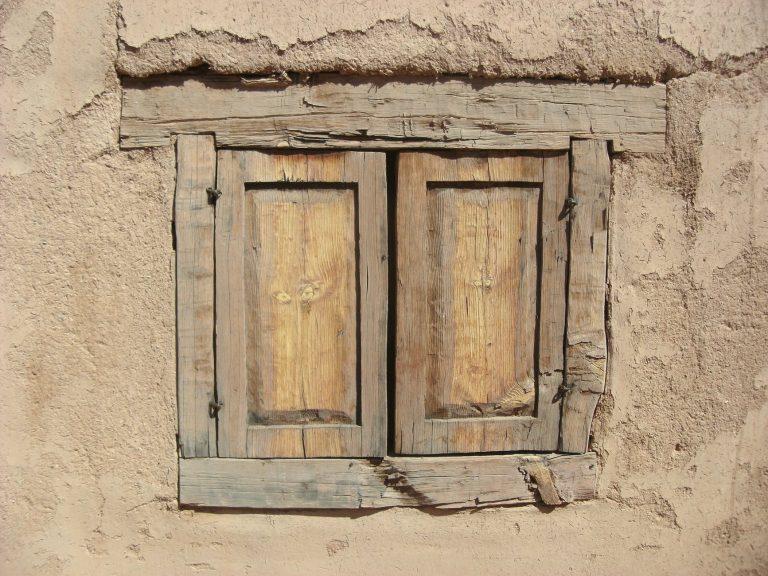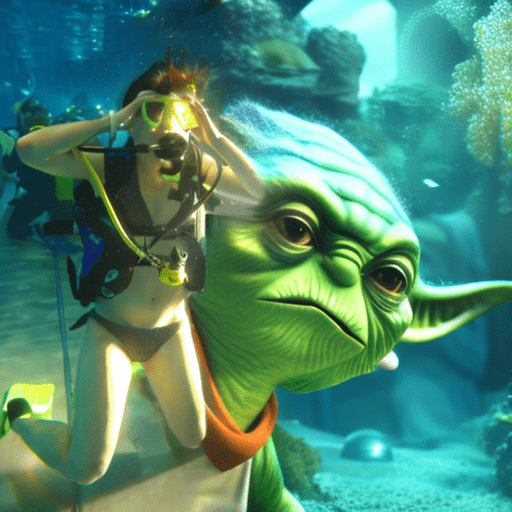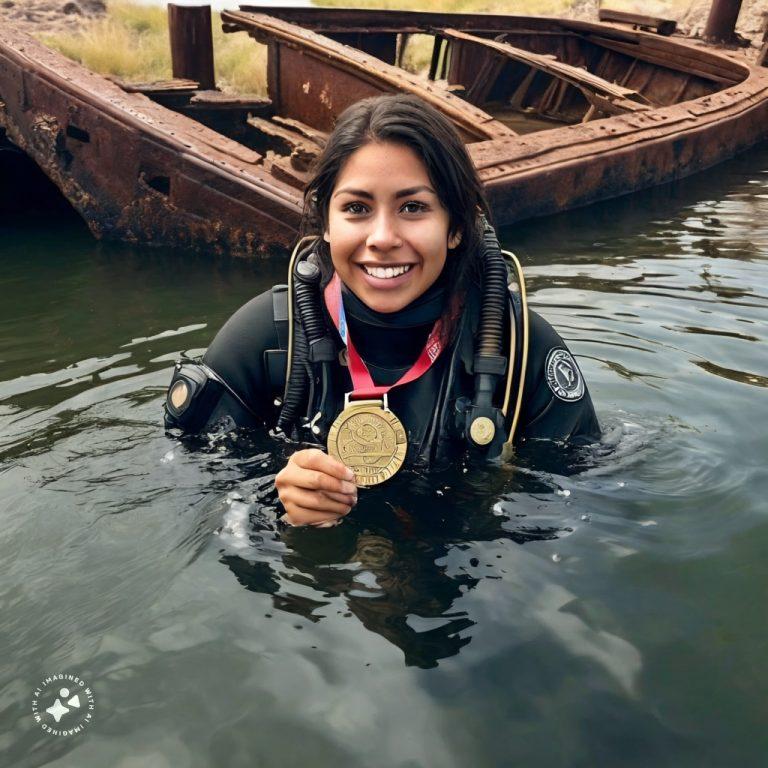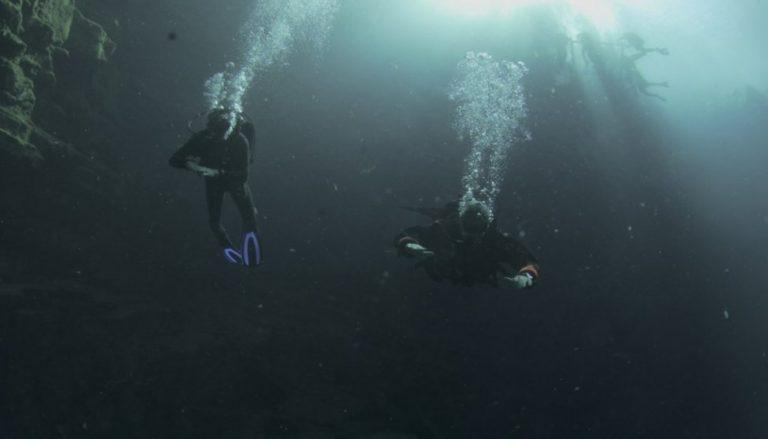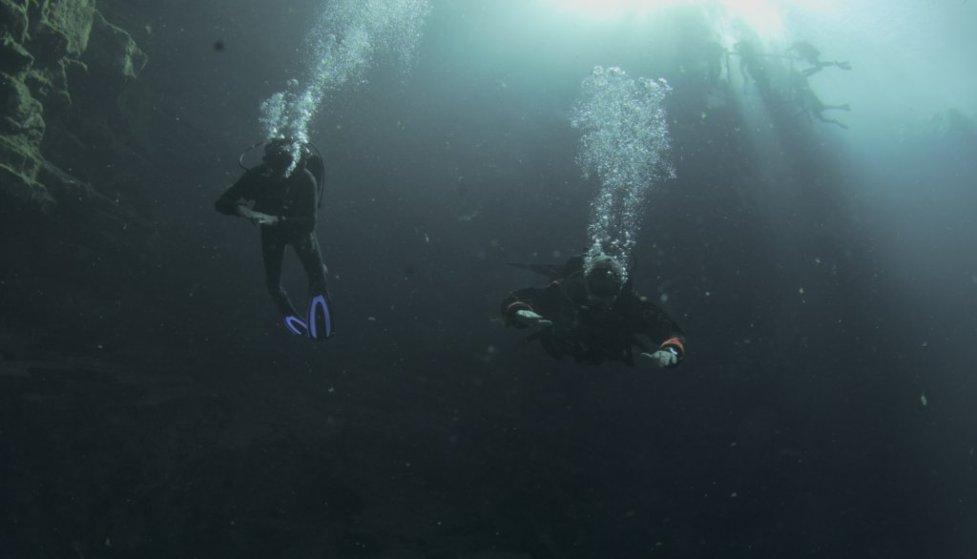
discounted dive training means overpriced scuba equipment
You want a deal, and what’s the difference between scuba classes, right? The difference is that a cheap class means you aren’t going to get high-quality instruction. Sometimes this is called a loss-leader. A retailer will get you into the store on something that loses money (training) so they can upsell you on other stuff (equipment). When you’re being sold something at a loss, you can’t expect high quality.

Your instructor matters (a lot)
If you don’t know who will be teaching you, how can you have any idea if you’ll be compatible? Does your instructor have years of experience, or is this his first class? How is she going to teach? Will you be overweighted and kneeling on the bottom of the pool in a class of 10, or will you be swimming like a fish, getting personal attention from your instructor, in a class of 3 students?
(most) dive shops won’t sell you the equipment you need
They are incentivized to sell you the equipment that they stock. They brought you in for cheap training, and now you are going to get pressured to buy their expensive equipment. Gimmicky, overpriced equipment is what’s going to make up for the loss they are taking when they “train” you.
Cheap equipment is often a waste of money
The greatest gimmick in the dive industry is the entry-level buoyancy control device (BCD). It will cost you somewhere around $400, and it will last for four or five years. They aren’t bad, but when they’ve reached the end of their usefulness you’re just going to throw them away. Oh, and if it breaks or starts leaking, now you can buy a new one (likely from the same place you bought the first one). That’s more profit for them (and a bad deal for you)!
Sometimes, the cheap equipment is right for you
There are a lot of different kinds of divers. Do you want to explore caves, or dive really deep? That’s technical diving, and it requires different equipment. If you just want to go to the ocean and dive in warm, shallow waters, you aren’t going to need the same gear. Either way, as a new diver, you should be getting advice about gear that will grow with you, so you can make an informed decision.
About half of your instructor’s training was on sales
That’s the truth; mine certainly was that way. I expected to learn how to teach divers how to dive, and instead, I spent a lot of time learning where to find dive standards in a manual, and how to sell dive gear. There’s very little instruction on how to actually teach people to dive. Your instructor is expected to figure that out (or not!). Your instructor matters!
bad instructors kill people
When you don’t know what you don’t know, you have to trust that your instructor is acting in your best interest. Most instructors try to do that – no one wants to kill a student. However, it is hard to know if the instructor you’re going to get is excellent, merely competent, or dangerous. Read about the tragic death of Linnea Mills for an example of a young woman who didn’t do anything wrong, but ended up with the wrong shop and instructor.
Most scuba training is based on minimum standards
There are a bunch of skills that you’ll learn, but ultimately, most agencies and instructors teach to the (minimum) standard. There’s no standard for looking or feeling comfortable in the water, so that isn’t your average instructor’s goal.
You are going to get about an hour and twenty minutes of diving
The average scuba course is going to consist of four, 20 minute dives in a big group. Is that enough for competence or mastery of scuba skills?
How to avoid being taken advantage of
Ask if you can talk to the person who’ll be instructing you, but keep in mind you are still talking to someone trying to sell you something.
Ask some questions:
- How long have you been diving?
- How long have you been instructing?
- When was your last dive for fun?
- What else will I need to pay for, besides the class?
- How many dives will I do?
- How much time is spent in the pool?
- How big will the class be?
- Do I have to pay more if I need more pool time?
- Do I have to pay more if I have to do more open water dives?
Finally, take a look at the shop’s website and social media. Do they have photos of big groups getting certified? If so, you’ve answered your class size questions. Do they have pictures of students kneeling in the pool? If so, chances are, you won’t be learning to dive in neutral buoyancy – you’ll be learning to breathe under water. Do they have pictures of their students under water? If not, you’ve got to wonder why (Hint: they don’t look like competent or comfortable divers).
If you’re in New Mexico and you want to avoid all of the problems listed above, give us a call, or sign up today. You’ll be glad you did.


